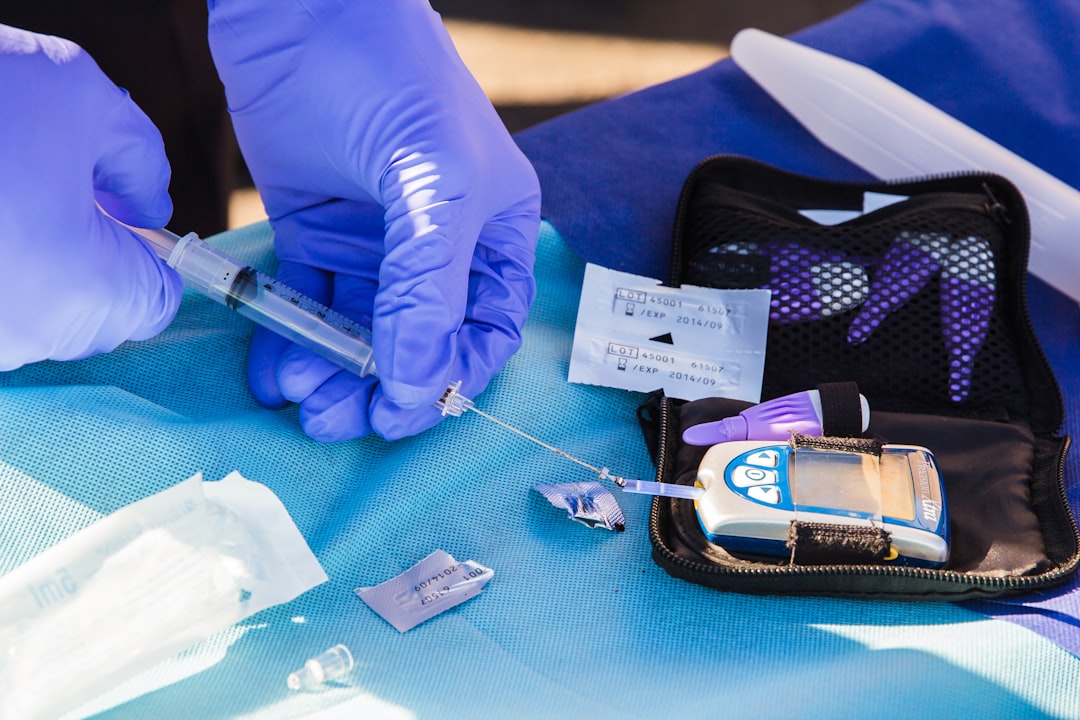What is it about?
This publication is about a curcumin analog named DM-1, this molecule has shown previous effect against melanoma cells in vitro and in vivo; however the study in BRAF resistant melanoma cells has still not being performed. This work shows the cytotoxicity of DM-1 in naive and BRAF resistant melanoma cells, and the modulation of mettaloproteinases 2, 9 and 14 related to the invasion process.
Featured Image

Photo by National Cancer Institute on Unsplash
Why is it important?
This work brings more information about curcumin analogs in melanoma cells since these molecules have been studied for a long time, it shows that this compound is not specific for melanoma cells, as reported in other studies, but it can modullate metalloproteinases that are closely relatied to the invasion process during cancer spread. It brings new information of DM-1 to direct further studies on invasion.
Perspectives
This study was important to bring new information about DM-1 and its cytotoxicity in naive and melanoma cells and will impact on how further studies will be conducted since it is not specific for melanoma cells compared to melanocytes, if the analogs are really being effective under this perspective of toxicity. Besides, its modullation of metalloproteinases can lead to new studies of curcumin and its analogs in this area.
Nayane Souza
Universidade Tecnologica Federal do Parana
Read the Original
This page is a summary of: Metalloproteinases Suppression Driven by the Curcumin Analog DM-1 Modulates Invasion in BRAF-Resistant Melanomas, Anti-Cancer Agents in Medicinal Chemistry, August 2020, Bentham Science Publishers,
DOI: 10.2174/1871520620666200218111422.
You can read the full text:
Contributors
The following have contributed to this page










